You can maintain a consistent supply of this fragrant herb at your disposal thanks to this enjoyable and gratifying experience.
Oregano is a well-liked herb that is utilized in a variety of culinary recipes because of its distinctive perfume and powerful flavor. Why not attempt growing your own oregano rather than relying on store-bought? Not only is it satisfying, but it also guarantees that you will always have access to fresh, delicious oregano. Oregano may be grown readily in a variety of environments, whether you have a large garden or a little balcony. You can easily produce oregano at home by following the instructions on how much sun does oregano need? How to grow oregano from seed?
You'll soon enjoy producing your own oregano and improving your culinary masterpieces with its lovely taste and perfume. From choosing the proper planting area to caring for your plants and harvesting the leaves, Let's begin this journey of growing and gathering oregano in the comfort of your own home.
Planting Requirements for Oregano Seeds

A sunny location with well-drained soil is needed for oregano. To encourage wholesome growth, make sure the soil is loose and fertile. You can buy oregano seeds from a nearby nursery or online. Do you already have the seeds prepared, or do you need some help finding oregano seeds?
Where to Plant (Growing in Containers)
Do not worry if your space is restricted. Growing oregano in containers is simple. In order to avoid waterlogging, choose a pot with at least 15 inches diameter and with drainage holes at the bottom. In this way, you may put it on a balcony, patio, or even inside, close to a window that gets enough sunlight.
When to Plant
Like most culinary herb seeds, oregano seeds can be planted in the early spring and early summer in most regions of India. Temperatures in the soil should typically range from 15 to 21°C. Make sure you check out the local weather report of your area to know the ideal time to plant oregano seeds.
How to Plant
Use a garden fork or spade to soften the soil before you start planting. The oregano seeds should be sown 6-8 inches (15-20 cm) apart, about ¼ inches deep. Sprinkle loose soil on the top and water gently.
How to Care for Oregano Plants

Although oregano requires little upkeep, it still needs to be taken care of. Let's talk about a few crucial elements:
Watering: Avoid overwatering because oregano enjoys somewhat dry conditions. When the top inch (2.5 cm) of soil feels dry, water the plants. To avoid diseases caused by dampness, always water plants at their bases as opposed to their tops.
Pruning: Regular pruning promotes bushier growth and keeps the plant's form. Regularly cut the stems down, especially after flowering, to encourage new growth and ward off legginess.
Need for Fertilizer: In general, heavy fertilizer is not necessary for oregano. To encourage healthy growth, you can, however, supply a balanced organic fertilizer during the growing season, such as compost or well-rotted manure.
Pests and Diseases: In general, oregano is resistant to pests and illnesses. However, it could once in a while experience problems like powdery mildew or aphids. Regularly check the plants for symptoms of infection and treat them as soon as necessary with organic pest control techniques.
Companion Plants: Certain companion plants can help oregano grow better and stave off pests. Consider growing it next to marjoram, basil, or thyme. When creating your companion garden, keep in mind each plant's needs and growing tendencies. While different plants may require varying amounts of watering, some may prefer the same soil conditions and sunlight exposure. You can establish a flourishing and harmonious herb garden by choosing plants that complement one another.
Winter Care: In the majority of regions, oregano is a perennial herb. Add a layer of mulch around the plant's base to insulate the roots and provide winter protection in colder locations.
Harvesting Oregano

Your oregano plants are ready to be harvested once they have grown to a mature height of approximately 4-6 inches (10-15 cm). Harvesting ensures the finest flavor and promotes new growth. Keep in mind that regular harvesting maintains the plant healthy and stimulates it to create new growth. Use your freshly gathered oregano in a range of meals, from soups and sauces to salads and marinades, to enjoy its fresh aroma and distinctive flavor.
How to Harvest: Cut the stems of the oregano slightly above a leaf node or group of leaves using a pair of sharp scissors or pruning shears. This promotes bushier growth and gives you access to fresh leaves for cooking.
Storing, Preserving, and Drying Oregano: Fresh oregano leaves should be washed, dried well, and kept in the refrigerator in a sealed plastic bag or container. You can prepare oregano-infused oils or vinegars or freeze the leaves as ice cubes for storage. Another well-liked technique for drying oregano is to hang the stems upside-down in a warm, dry area.
Conclusion

Congratulations! You are now completely equipped with the knowledge necessary to effectively plant oregano, cultivate it, and harvest it at home. Oregano may grow well and give you a fresh, fragrant herb for your culinary endeavors, whether you decide to plant it in your garden or in pots.
Don't forget to provide your oregano plants with the proper growing environment, including a sunny place with well-drained soil. Although oregano is typically resistant, keep a lookout for pests and illnesses.
Are you prepared to start your oregano-growing journey? Order the complete kit for growing oregano at home, choose a good spot for planting, and start scattering those seeds. Begin growing oregano today and discover the joy of having this multipurpose herb available in your own home.
Check out our complete kits for growing herbs at home. These all-inclusive kits contain everything you need to start growing your own herbs at home.
Happy gardening!


 Sign In
Sign In


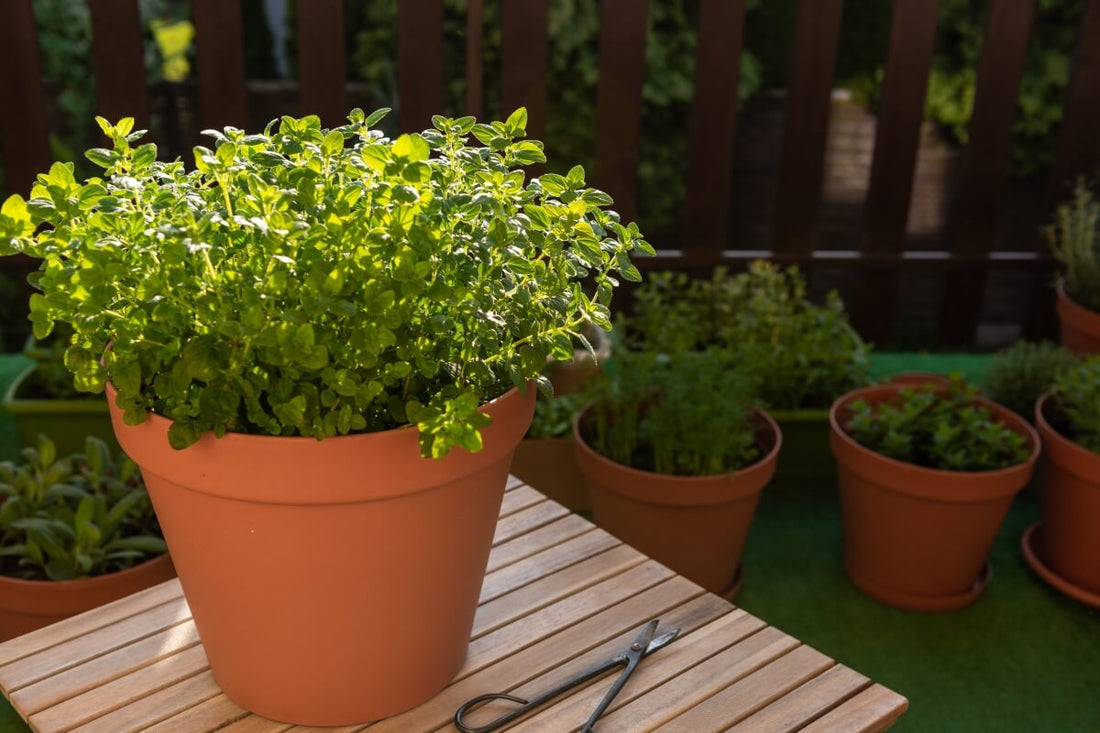
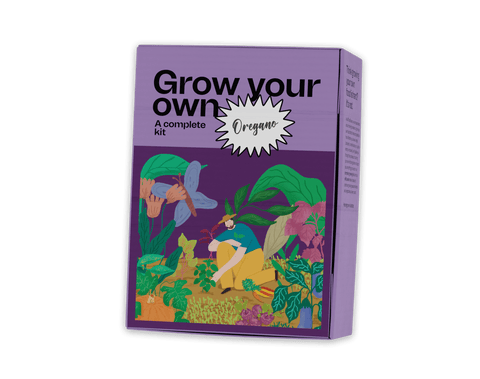
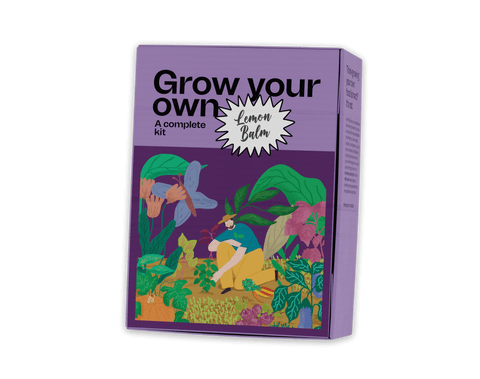
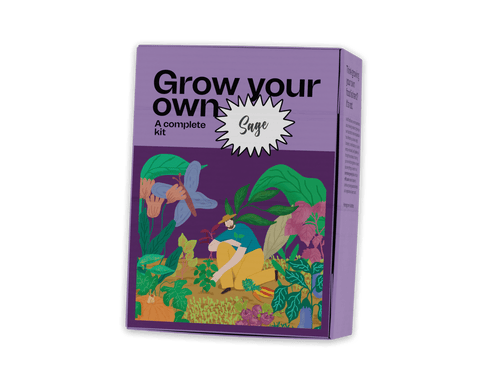
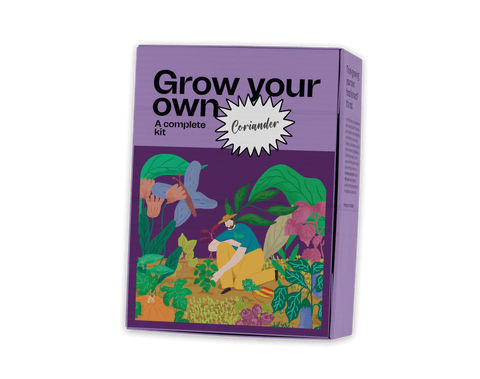
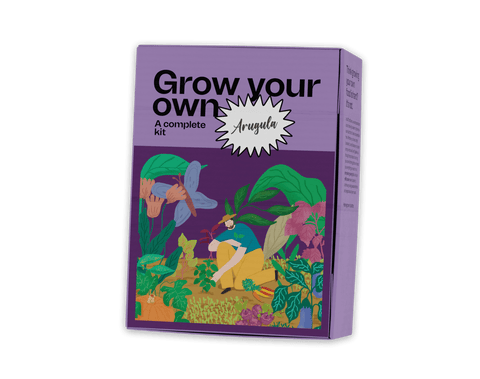
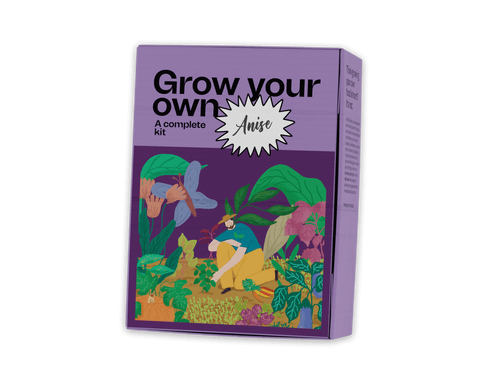
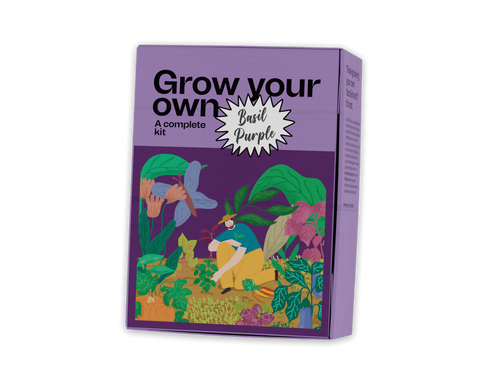
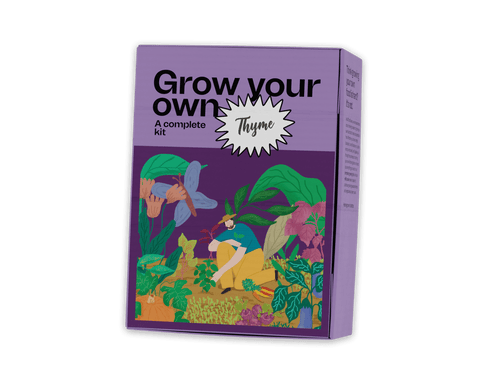






Let us know your feedback
* Comments must be approved before being displayed.